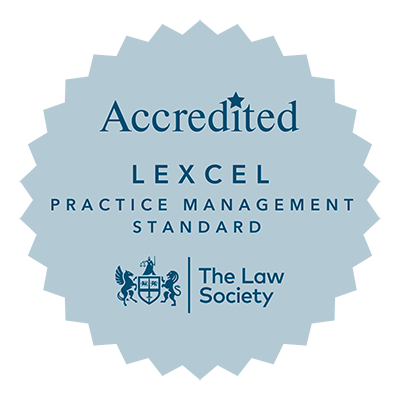Copyright holders of creative works are being urged to make their mark and claim their rights, following the launch of a new licensing scheme that will enable reproduction of so-called 'orphan' creative works and performances.
Orphan works are copyright works where the right holder is unknown or cannot be traced and in the past this meant the works could not be reproduced. Now, anyone can apply to the Intellectual Property Office (IPO) for a licence to use an orphan work, if they can show they have made real efforts to identify or trace the holder of the copyright. They will have to pay a fee, and royalties will be held by the IPO for eight years in case rights holders come forward.
The scheme will enable creative works and performances, such as diaries, photographs, films or pieces of music, to be reproduced on websites, in books and on TV, whether for commercial or non-commercial purposes. Without the licence, any reproduction would infringe copyright in the UK.
Designed to give wider access to culturally valuable creative works, which may have previously remained out of public view because the rights holders cannot be identified, a licence will provide rights for up to seven years.
Protection for copyright holders comes with the IPO holding all royalties it receives for orphan works in a ring-fenced account for eight years from the date of the licence. The IPO can also refuse to grant a licence, for example where any proposed use could have a negative impact on the value of the work.
The announcement of the new licensing scheme coincides with the introduction of the EU Orphan Works Directive, which enables museums, galleries and other cultural institutions across the EU to digitise certain orphan works and display them on their websites. The objective is to increase access to Europe's cultural heritage for works that are currently only available for viewing in a museum, archive or library.
The UK licensing scheme and the Directive are complementary but separate. Unlike the EU directive, the UK Orphan Works licensing scheme applies to all types of orphan works and provides for broader commercial as well as non-commercial use. It can be used by anyone and is not just restricted to cultural and heritage bodies.
Explained commercial property law expert Simon Wilson of Ward Gethin Archer solicitors: "There are commercial opportunities for users of these orphan works under the new licensing scheme, and some people, such as photographers, have sounded their concerns about a licence being granted after a cursory attempt to find the original owner. But hopefully a combination of a fairly tough application process, and the fees that will be payable, will provide the required control.
"But if copyright owners want to be sure that their works aren't subject to any future licensing under this new regime, they should make sure that their identity is well known, ideally by inclusion on the work itself. That's not always practical, but it's another thing to bear in mind when authoring or holding such content."
If you require further information on the above issue or any other Commercial matter, please contact a member of our Company Commercial team at your nearest office by clicking here.
This article aims to supply general information, but it is not intended to constitute advice. Every effort is made to ensure that the law referred to is correct at the date of publication and to avoid any statement which may mislead. However, no duty of care is assumed to any person and no liability is accepted for any omission or inaccuracy. Always seek our specific advice.










